Employee Tracking for Remote IT Companies
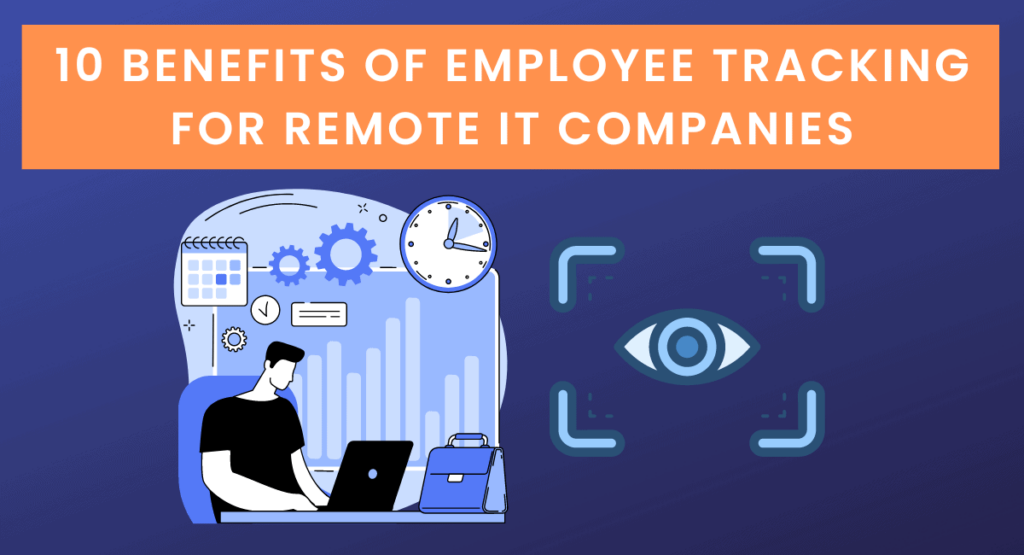
If you’re like most people, you probably think of employee tracking only used in totalitarian governments, with people monitoring all the time to ensure they’re not up to no good.
But the truth is, the employee monitoring system can be a powerful tool for any company – even remote IT companies.
What is employee tracking? And why do remote IT companies need it?
“Monitoring staff can be intrusive, even when done with the best of intentions. But if you do it right, you can build strong relations with those you work with and earn a reputation as a business that respects privacy.” Ico UK.
Employee tracking monitors and records employees’ movements as they go about their work. There are several reasons why remote IT companies might need to track their employees.
For example, employee tracking apps can help managers ensure that employees are working productively and not spending too much time on personal activities. Additionally, by tracking employee movements, companies can better understand how their workforce performs and where opportunities for improvement might exist.
Finally, employee tracking can also help companies protect their data and confidential information by ensuring that employees are not accessing areas or files to which they should not have access.
Overall, employee tracking can be a valuable tool for remote IT companies, helping them to boost productivity, improve security, and gain insights into their workforce.
How does employee tracking work?
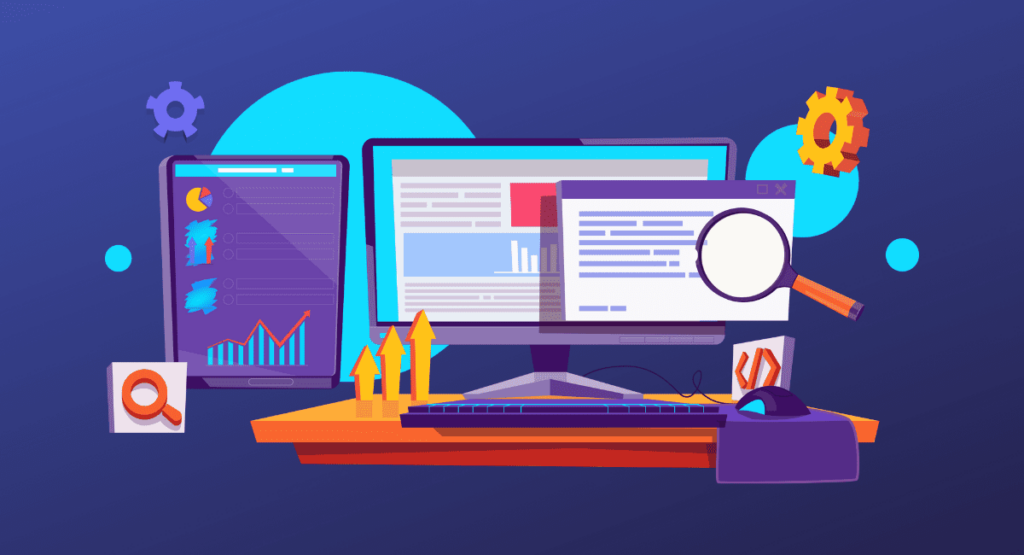
Employee tracking systems typically use a combination of hardware and software to monitor and record employee movements. For example, many systems use GPS tracking devices that employees can wear or carry while working. These devices send information back to a central location, where it can be monitored and analyzed.
In addition to GPS tracking, some employee tracking systems also use badge readers, video cameras, and other types of sensors to track employee movement. This data is then processed and stored in a central database, where it can be accessed and analyzed by managers.
Get more out of your business
Get the best employee engagement content every week via mailing list
What are the benefits of employee tracking?
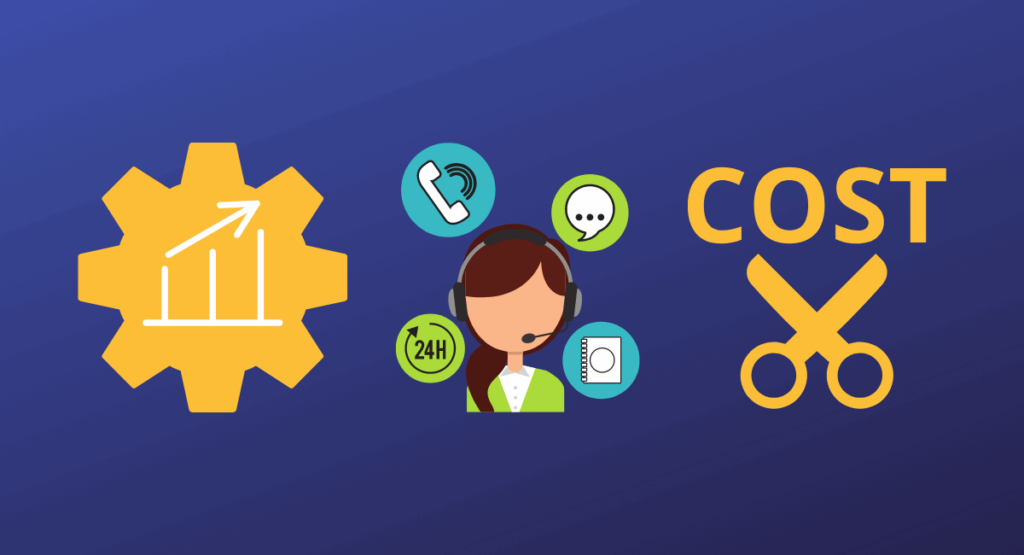
Employee tracking can offer several benefits for remote IT companies.
1. Increased Productivity
When the company monitors employees constantly, it can increase productivity as workers will be less likely to take unauthorized breaks or waste time on the job.
2. Easier Employee Management
Tracking employee location and activity makes it much easier for managers to keep track of who is working and when. Tracking their employees can help remote IT companies ensure they are productive and meet deadlines.
3. Reduced Costs
By tracking employee GPS locations, companies can see which workers spend the most time at the office or traveling for work. This information is beneficial in reducing costs by identifying employees that companies will need to transfer some people to different positions.
4. Improved Customer Service
Happy customers are critical to any business’s success, and providing excellent customer service is often difficult when you don’t have direct contact with your clients. With employee tracking, however, remote IT companies can monitor staff interactions with customers to provide better support and resolve issues more quickly.
5. Safer Work Environments
Employee tracking systems can also help create safer work environments by allowing employers to see where all employees are at all times. If an emergency arises, managers can quickly identify which workers are in danger and dispatch help as needed.
6. Enhanced Employee Training
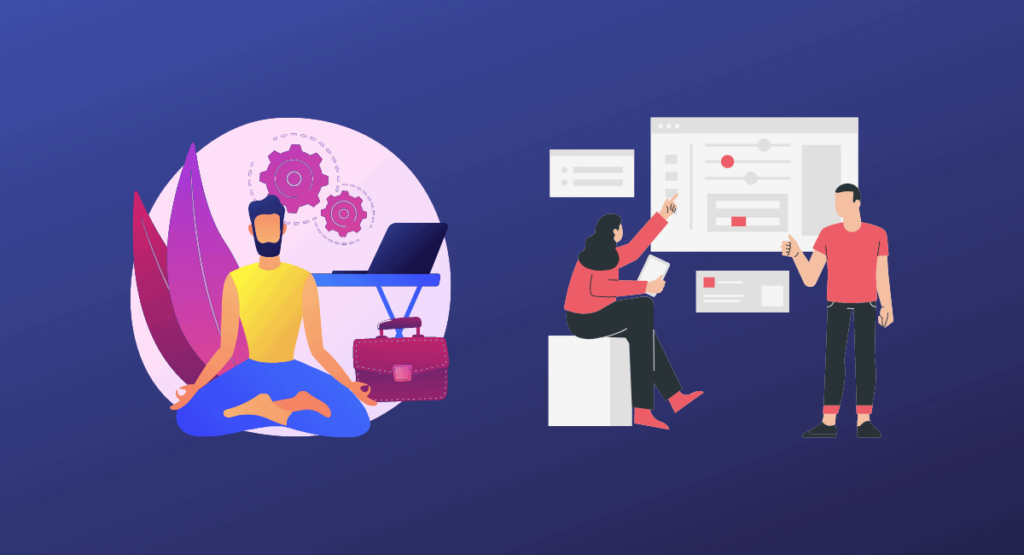
When a company trains new employees, it is difficult for managers to assess their understanding and progress. With employee tracking, however, companies can monitor employee performance and identify areas where employees may need additional training. Training helps businesses ensure their workers have the skills to meet their demands.
7. Greater Accountability
Employee tracking systems hold employees accountable for their actions by providing a record of their activities. The tracking record can help reduce instances of fraud or theft, as well as improve overall work quality.
8. Increased Opportunities for Feedback
Remote IT companies that use employee tracking can use the data collected to provide employees with feedback on their performance. This information can help workers identify areas where they need to improve and work to make changes.
9. Improved Workforce Insights
Employee tracking systems can generate a large amount of data that companies can use to gain insights into the workforce. The information can help businesses identify trends and make better decisions about staffing, wages, and other factors that impact the company’s bottom line.
10. Stress reduction for employees
One of the main advantages of employee tracking is that it eases the burden on employees by ensuring they are working productively and efficiently. In addition, it helps managers keep track of their workers without needing to monitor them constantly.
Before implementing, remote IT companies should know a few potential disadvantages of employee tracking.
Overall, employee tracking can offer several benefits for remote IT companies. By increasing productivity, reducing costs, and improving customer service, tracking systems can help businesses operate more efficiently and effectively. In addition, employee tracking can also create safer work environments by allowing employers to see the location of all employees at all times.
How to choose the right employee tracking software
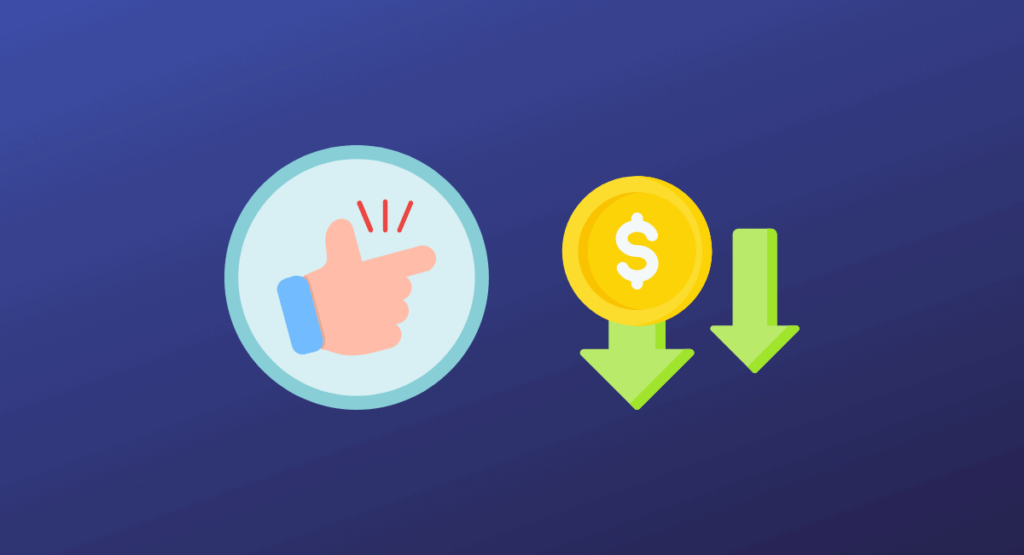
There are many different types of employee tracking software on the market. Several things to consider when you choose employee monitoring software are:
The features offered by different programs can vary greatly.
Some software is very standard, only tracking employee hours and attendance. Other programs can track much more detailed information, such as employee productivity, project deadlines, and vacation days.
Consider what features you need and compare different programs to see which ones offer those features.
The cost
The cost of the software is also an important consideration. Some programs are free, while others can cost hundreds or even thousands of dollars. Make sure you know how much you’re willing to spend before you start looking at different options.
Easy of use
The ease of use is another factor to consider. You want a program that will be easy for your employees to use, so they are happy when using it. Look for a program with a simple interface and clear instructions.
Compatibility
Ensure the employee monitoring software you choose is compatible with your company’s existing systems. You don’t want to invest in a program only to discover that it won’t work with your current software.
The bottom line
Employee tracking can offer many benefits for remote IT companies. When choosing employee tracking software, consider the features you need, the cost, the ease of use, and the compatibility with your existing systems. Considering these factors, you can find a program to help your business run more smoothly and efficiently.
Tips for implementing employee monitoring tools in your company

Employee tracking is monitoring the movement and activities of employees within a company. Employee tracking aims to improve the company’s safety, security, and efficiency.
There are many benefits to implementing employee tracking in a company. The most obvious benefit is increased safety and security.
Here are five tips for the implementation of an employee monitoring tool:
1. Implement employee tracking gradually
When introducing a new system, it’s essential to do so gradually to allow employees time to adjust. Start by tracking a small number of employees and slowly add more over time. Slowly implementation will help ensure that everyone is comfortable with the system and that there are no surprises.
2. Explain the benefits of employee tracking
When introducing employee tracking, explaining the system’s benefits is essential. Some benefits include improved accountability, increased efficiency, and better decision-making. When employees understand why implementing the new system, they are more likely to comply with it.
3. Teach and train all employees how to use the system
Make sure that all employees know how to use the employee tracking system. The training session will ensure that everyone is using it correctly and that there are no misunderstandings.
4. Use technology wisely
Technology is a powerful tool for improving productivity and efficiency, but it can also be disruptive if not used wisely. Make sure you use technology to complement your business processes rather than disrupt them. Introducing employee tracking software should not require employees to learn new skills or change their work – it should simply make their job easier.
5. Communicate regularly with employees
Ensure you are communicating regularly with employees about the employee tracking system. By informing employees, it will help everyone be aware of what is happening and that there are no surprises. It will also help build trust between management and employees.
The future of employee tracking
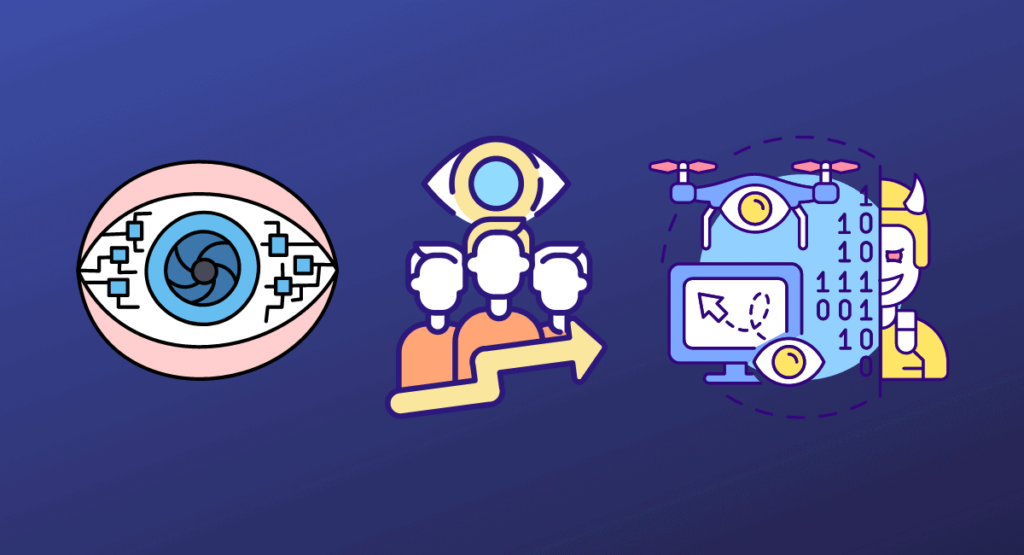
The future of employee tracking is likely to be driven by technological advances. Employee tracking systems are becoming more sophisticated and can track a broader range of employee activities.
As technology advances, employee tracking will become more commonplace and essential to running a business. Those companies that embrace employee tracking will be at a competitive advantage and can gain insights into their business that would otherwise be unavailable.
What are key employee monitoring features that should be available?
Employee monitoring should be able to monitor employee activity, including keystroke logging, types, websites visited, and applications used. It should also have GPS tracking capabilities to track employee locations. Additionally, employee monitoring should be able to generate reports on employee activity.
Monitask: Employee Monitoring Software
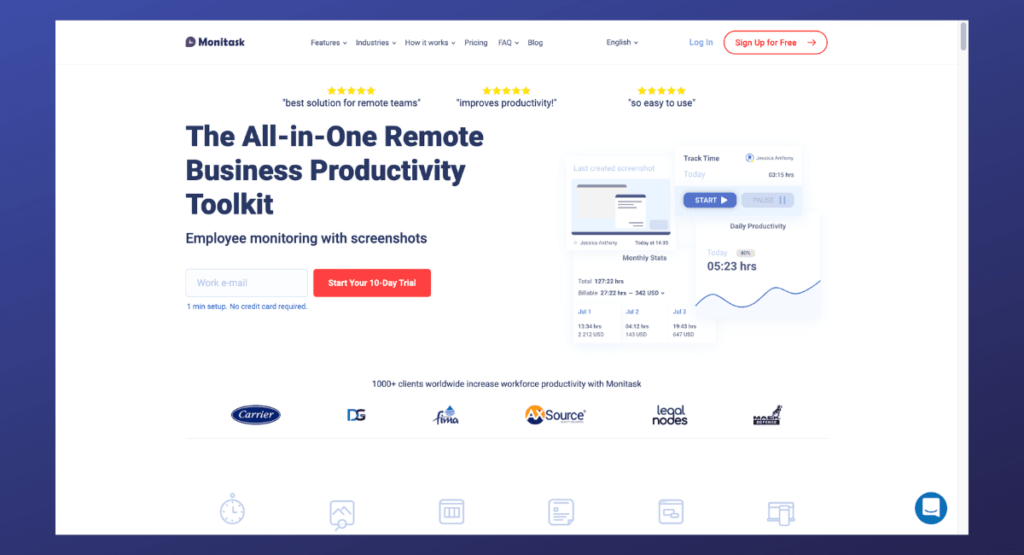
Employee monitoring can be a great way for remote IT companies to improve their productivity. by keeping track of employees’ activity. Companies can ensure that their workers stay on task without wasting time. One great tool that can help with employee monitoring is Monitask.
Monitask is a web-based platform that allows companies to monitor employee activity, capture screenshots of employee desktops, and track employee chat logs. This platform can help companies track employee productivity and troubleshoot any potential issues.
Monitask is an excellent employee monitoring, project, and task manager because it lets you see reports showing your employees’ productivity.
Time Tracking with Screenshots
Monitask can easily monitor employee workload and performance – Monitask provides clear visibility into how employees work.
You stay informed of your team’s progress – screenshots taken at set intervals or randomly will provide employers with insights into the work process.
Monitask employee time tracking is kept confidential and protected by the application’s privacy settings.
Monitask Improves employees’ productivity.
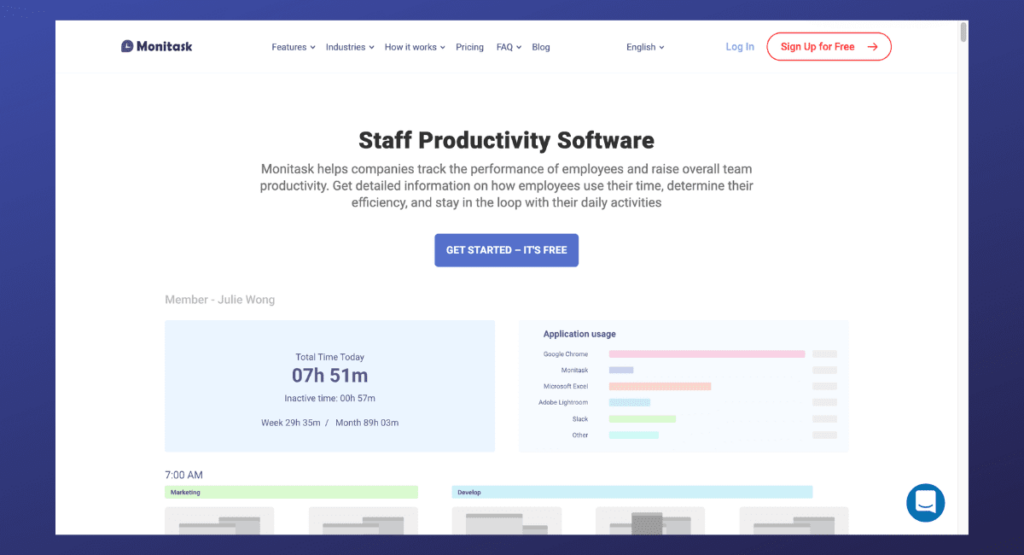
Monitask can keep an eye on your team’s activity and productivity. You can view reports to see where your team is spending their time and what results they’re achieving.
Companies are always up-to-date with the latest trends in productivity measurement so the company can make informed decisions about how to best support its team.
Monitask helps to increase productivity by providing a simple, easy-to-use system for tracking work hours and goals. The goal tracker allows you to set and monitor personal goals, which can help motivate employees and keep them on track.
Reports show how well employees perform relative to their goals, helping managers make informed decisions about assignments and compensation. No doubt, Monitask is one of the best employee monitoring software.
Conclusion
By tracking employee productivity performance, businesses can save on resources, build more effective and efficient business processes, motivate employees to achieve better results, and increase transparency within the company.
Employee monitoring systems can help you build an effective and efficient business process. By having detailed reports of the productivity performance of all your employees, you can identify areas in which they need improvement and make the necessary changes. Additionally, by monitoring employee activity, you can prevent them from wasting time on non-work-related activities that interrupt their productive hours.
So, consider implementing a remote employee monitoring system to increase your remote IT company’s productivity. It may be the key to unlocking better performance and more efficient business processes.


